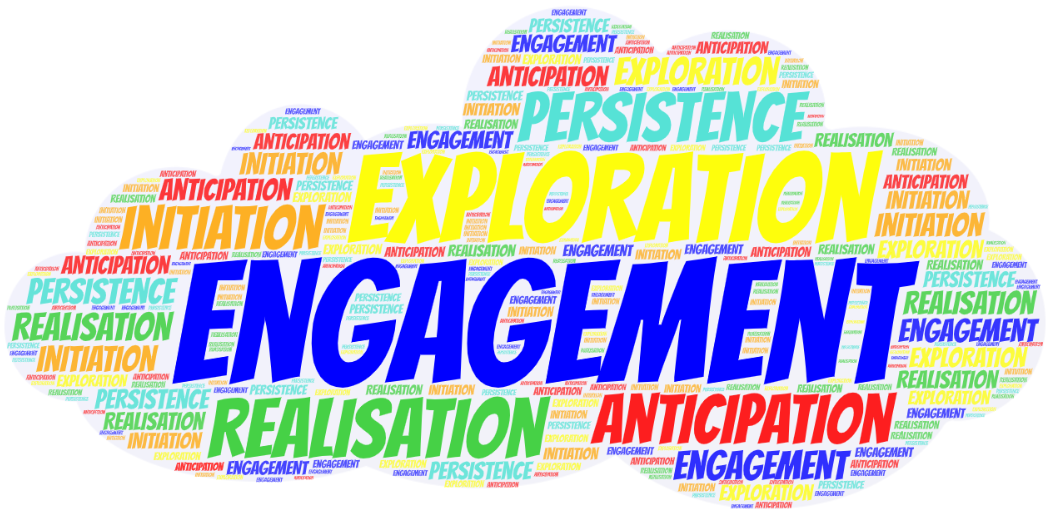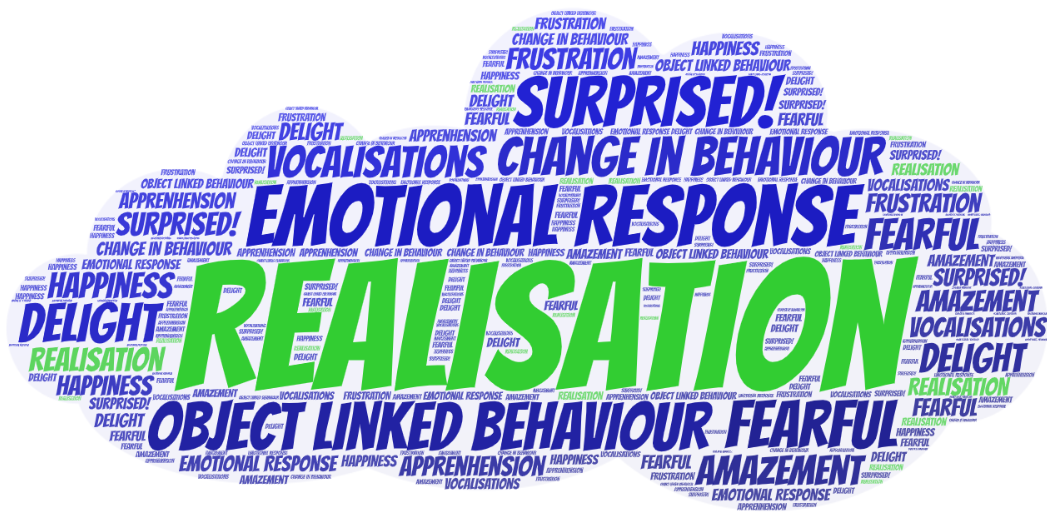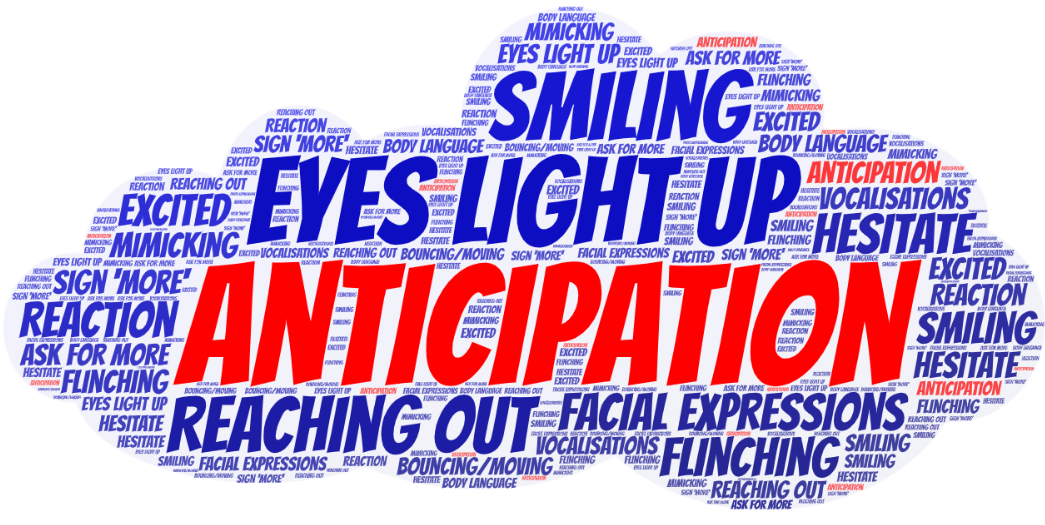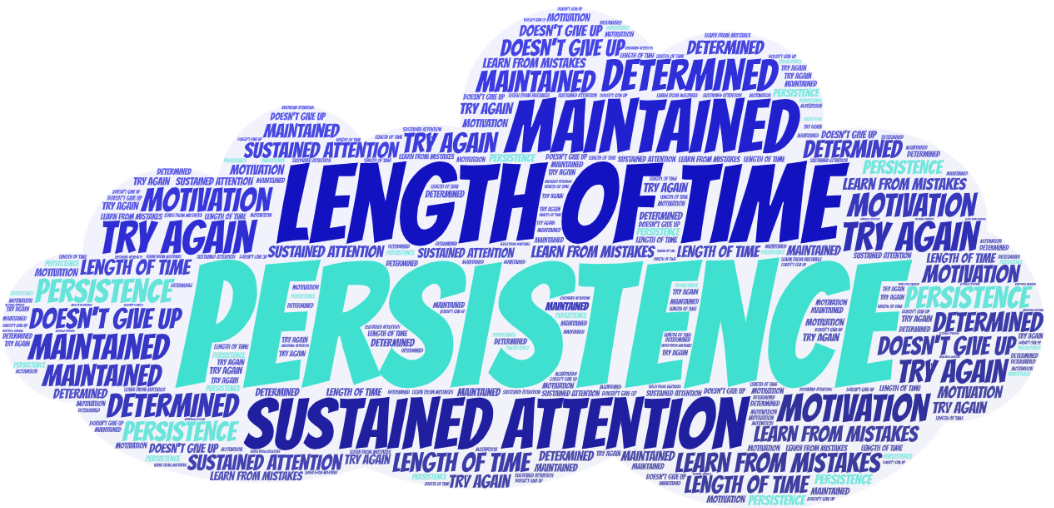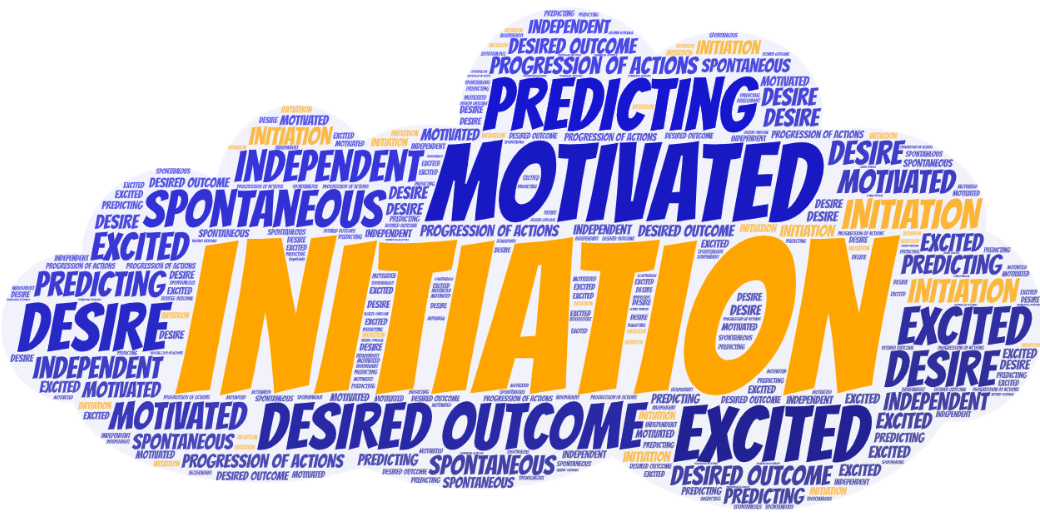The Engagement Model
The engagement model is an assessment tool that helps schools meet their duties in supporting pupils who are working below the level of the national curriculum and who are not engaged in subject-specific study.
The model has 5 areas: exploration, realisation, anticipation, persistence and initiation. Engagement identifies and celebrates all pupils’ progress, including linear and lateral progress, the consolidation and maintenance of knowledge, skills and concepts and the prevention or slowing of a decline in pupils’ performance, whilst recognising that a minority of pupils may have a regressive condition.
Engagement can help schools reflect on how well the bespoke curriculum they offer to their pupils is helping them progress. It does not replace our existing plans, assessments and reporting systems, but adds value to them by helping us assess pupils’ progress from a different angle. Effective use of the engagement model is based on regular observational assessment and reflective pedagogy. Further information on the Engagement Model can be found on the Government's information page:
The Engagement Model guidance document
Exploration
This shows whether a pupil can build on their initial reaction to a new stimulus or activity; for example, whether they display more than an involuntary or startled reaction to the activity. Additionally, the pupil may be interested in and curious about the stimulus or activity; for example, they may notice it or reach out to it. Here is some key vocabulary that we have developed that can help to think about Exploration:
Realisation
Anticipation
Persistence
Initiation
This shows how much, and the different ways, a pupil investigates a stimulus or activity in order to bring about a desired outcome. The pupil will act spontaneously and independently during a familiar activity without waiting for direction. Here is a collection of vocabulary that could help to explain Initiation:

